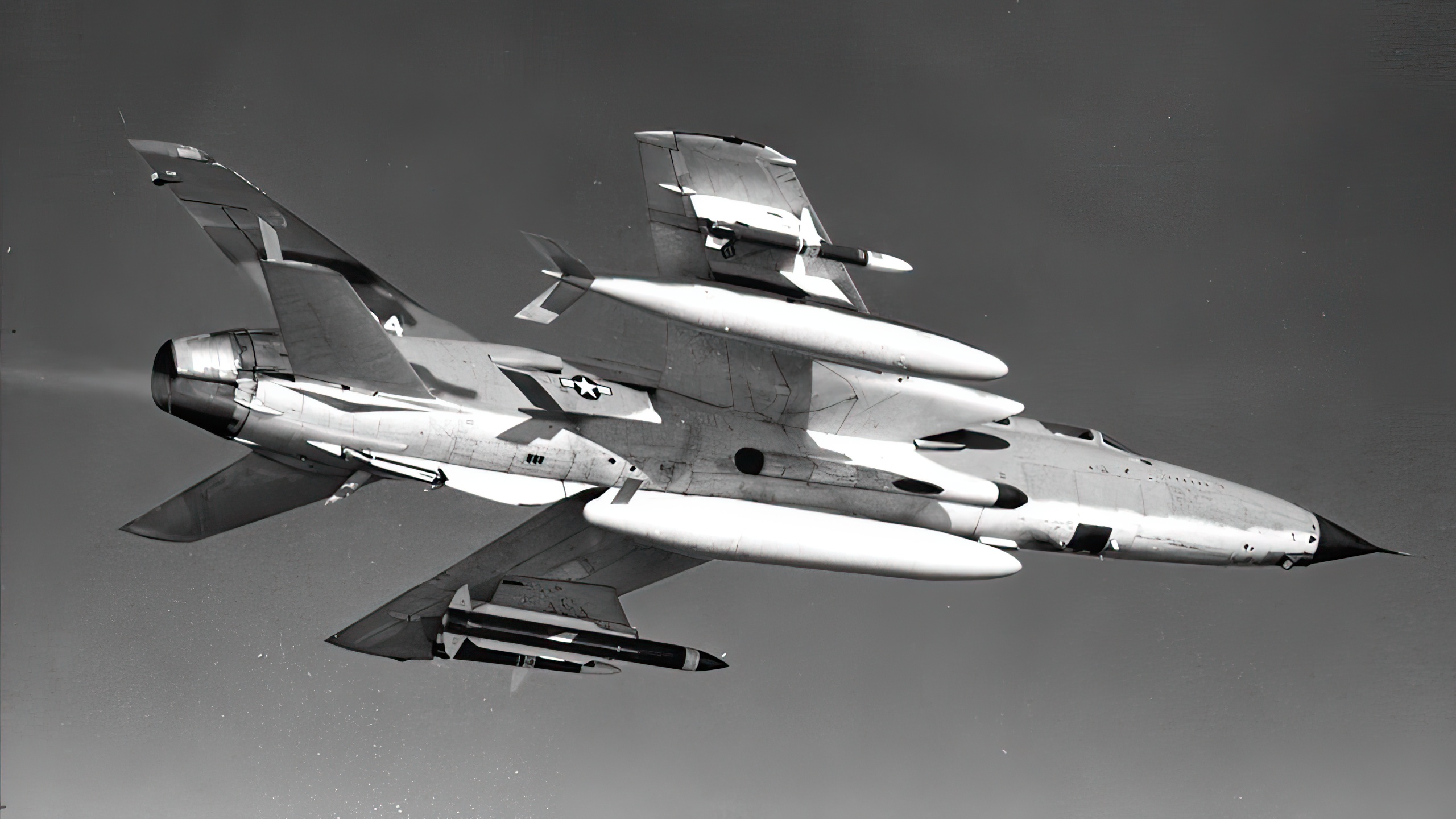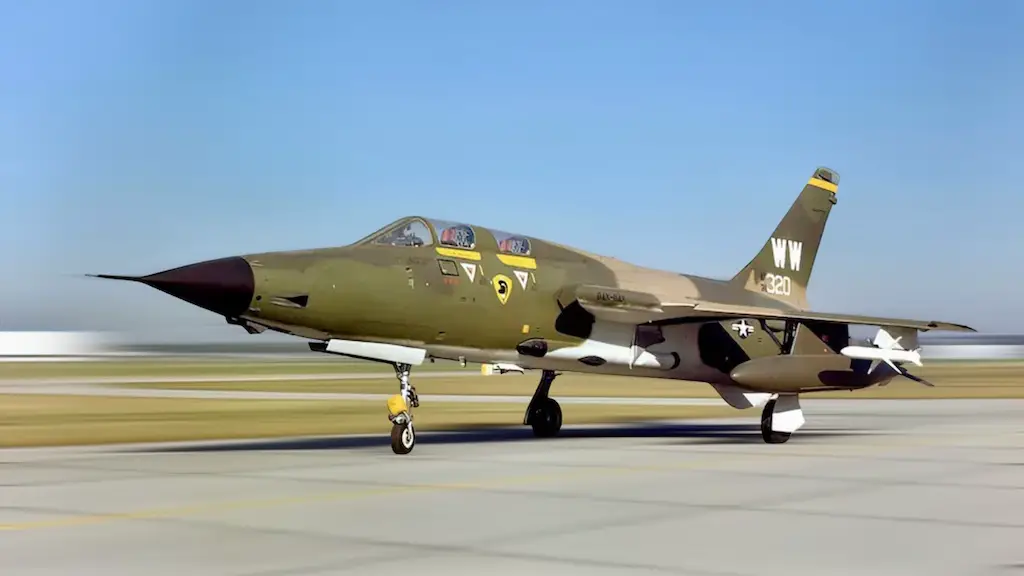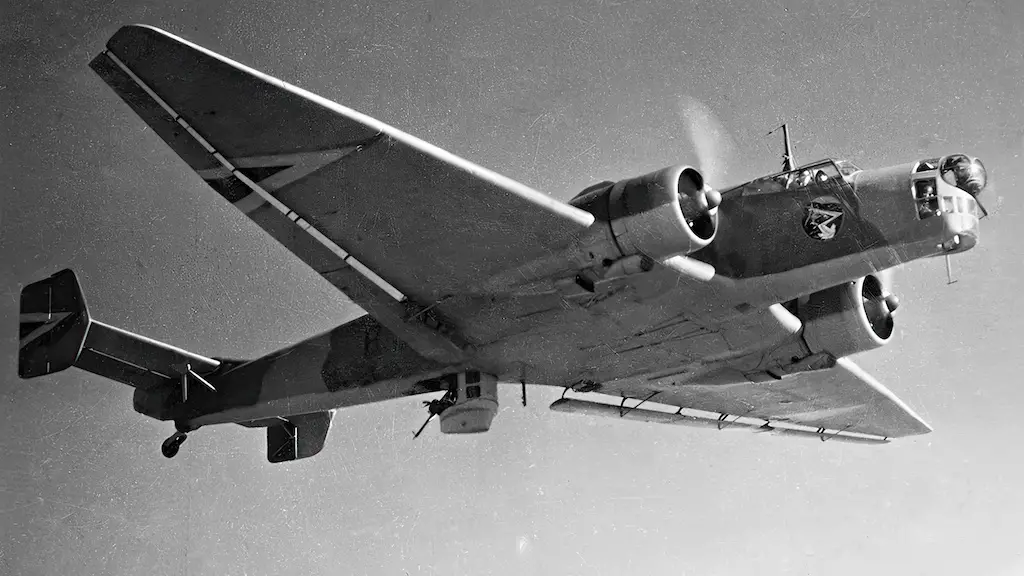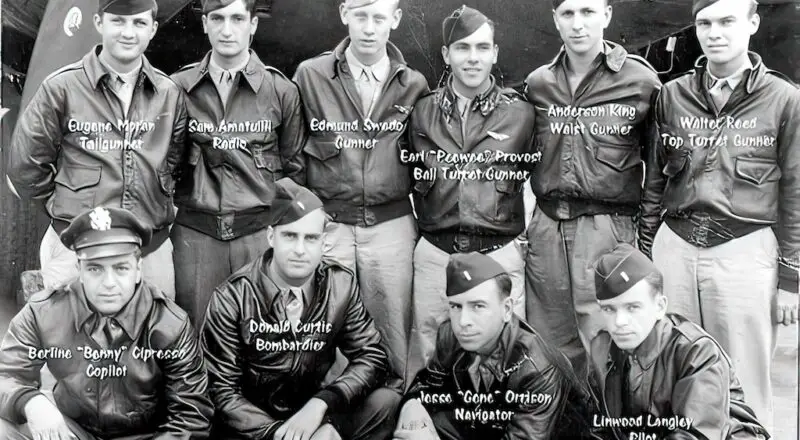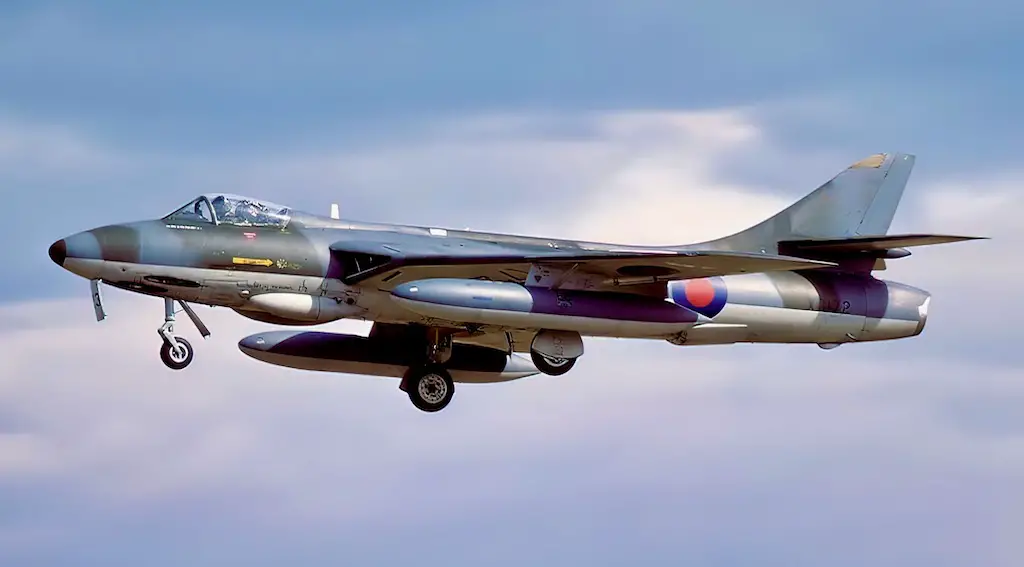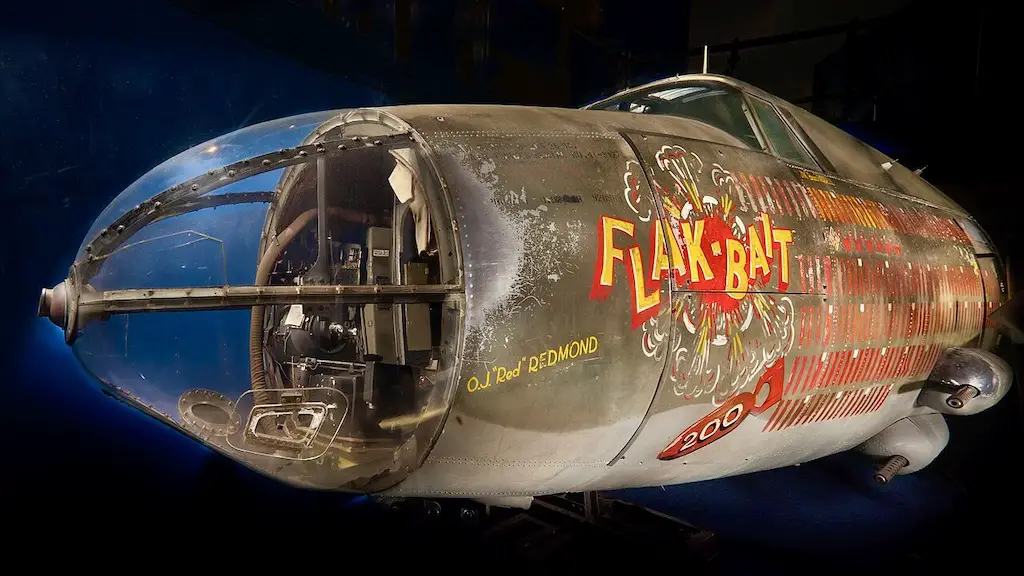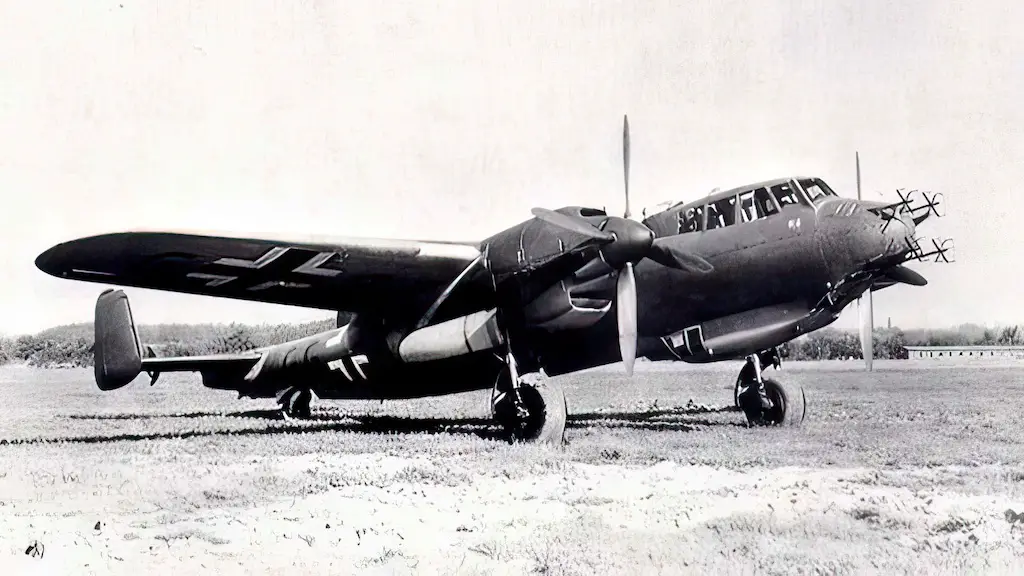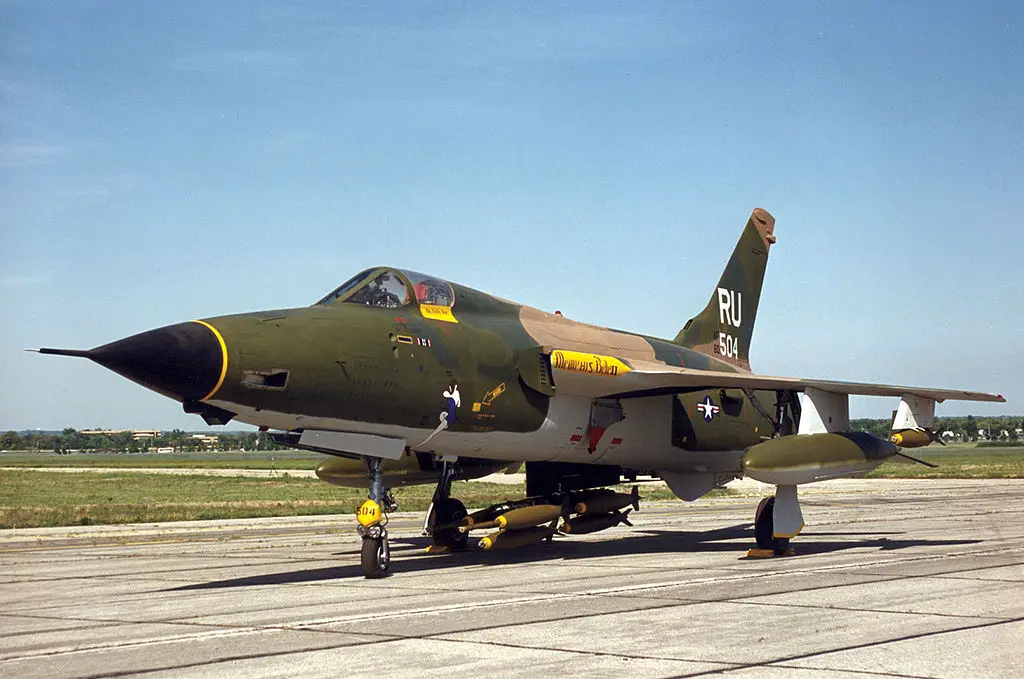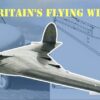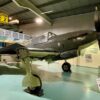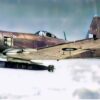Looks can be deceiving
The F-105 Thunderchief was a supersonic jumbo jet disguised as a fighter plane. It had a sleek and aerodynamic design that made it look like a flying arrow, but its handling was more like trying to control a runaway freight train.
Despite its challenges, the F-105 was a powerful war machine that delivered the goods, whether nuclear bombs or a good old-fashioned punch of conventional bombs. Moreover, the F-105’s unique and quirky features made it a beloved member of the USAF family and a legend in its own right.
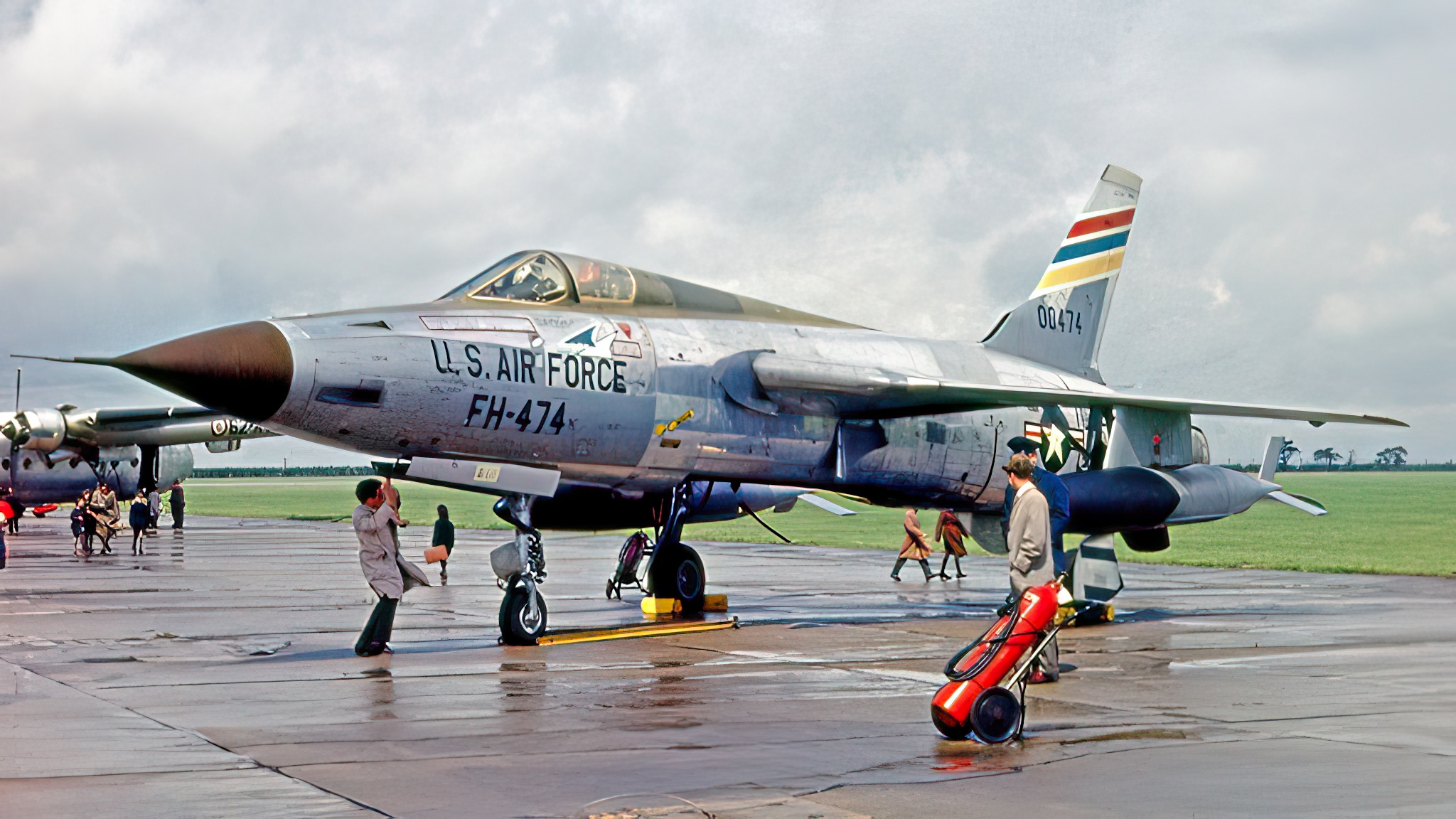
The Thud
The F-105 Thunderchief, also known as the “Thud,” was a supersonic fighter bomber used by the U.S. Air Force during the Vietnam War. Despite its impressive speed and firepower, the F-105 had a reputation for being a bit of a handful to fly. One pilot described it as “a flying fuel tank with wings,” referring to the fact that the aircraft carried a large amount of fuel, which made it difficult to maneuver in tight spaces. The F-105 was also known for having a large, bulky shape, which earned it the nickname “Lead Sled.”
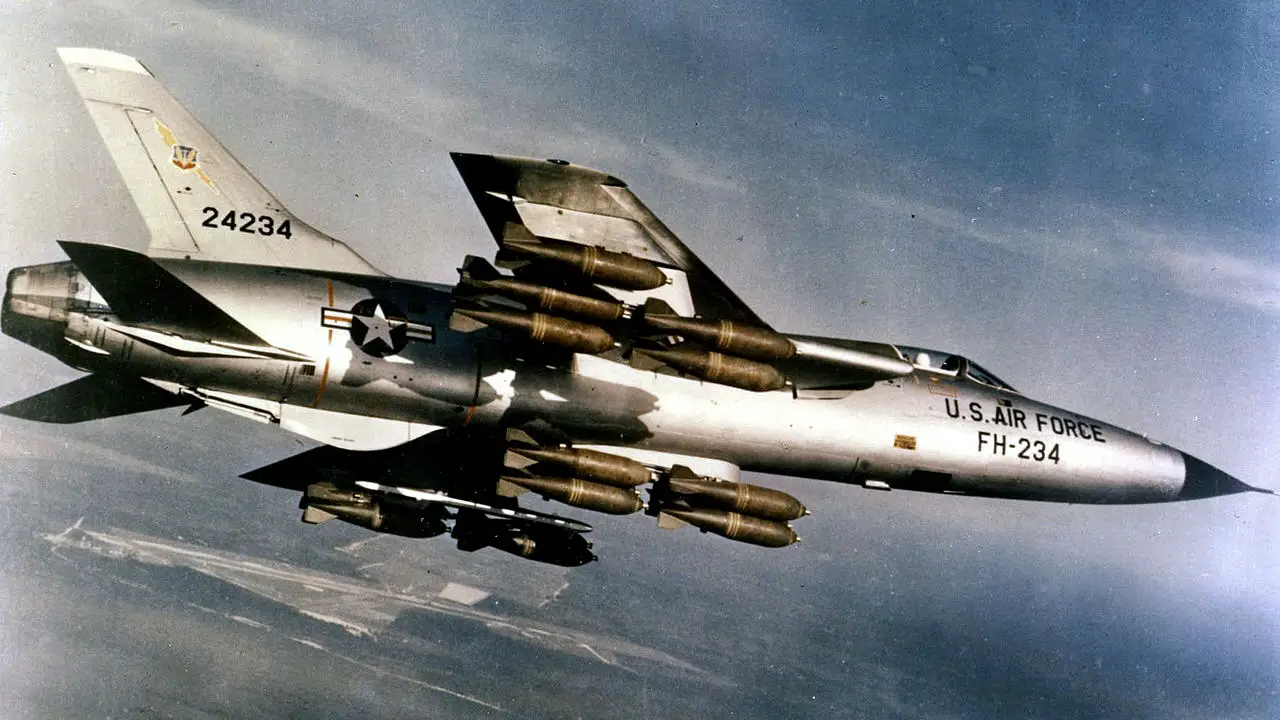
The F-105 was a highly proficient aircraft that saw a lot of action over Vietnam despite a reputation for being a bit of a handful. It was acknowledged for carrying out multiple bombing missions successfully, and its pilots were renowned for their valor and ability to operate the aircraft under intense enemy fire.
A Jack of All Trades
The F-105’s adaptability was one of its most impressive features. The aircraft could perform a variety of tasks, including air-to-air combat as well as traditional bombing runs and reconnaissance flights. Its agility and speed made it a dangerous foe in the air, and it’s tough construction and powerful weaponry made it a strong opponent on the ground.
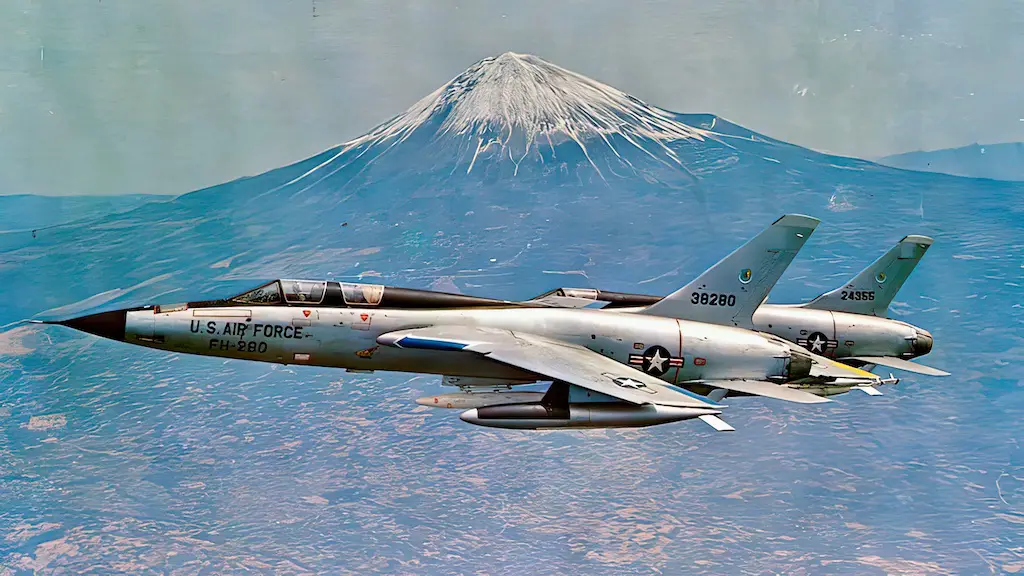
Problems and Retirement
The F-105 was not impervious to losses and accidents despite its outstanding capabilities. During the Vietnam War, more than half of the F-105s that were produced were lost, many by enemy fire and others in accidents. In one well-known event, the pilot of an F-105 was forced to make an emergency landing after the aircraft suddenly lost power; however, it was later discovered that the pilot had merely forgotten to switch the fuel tanks.
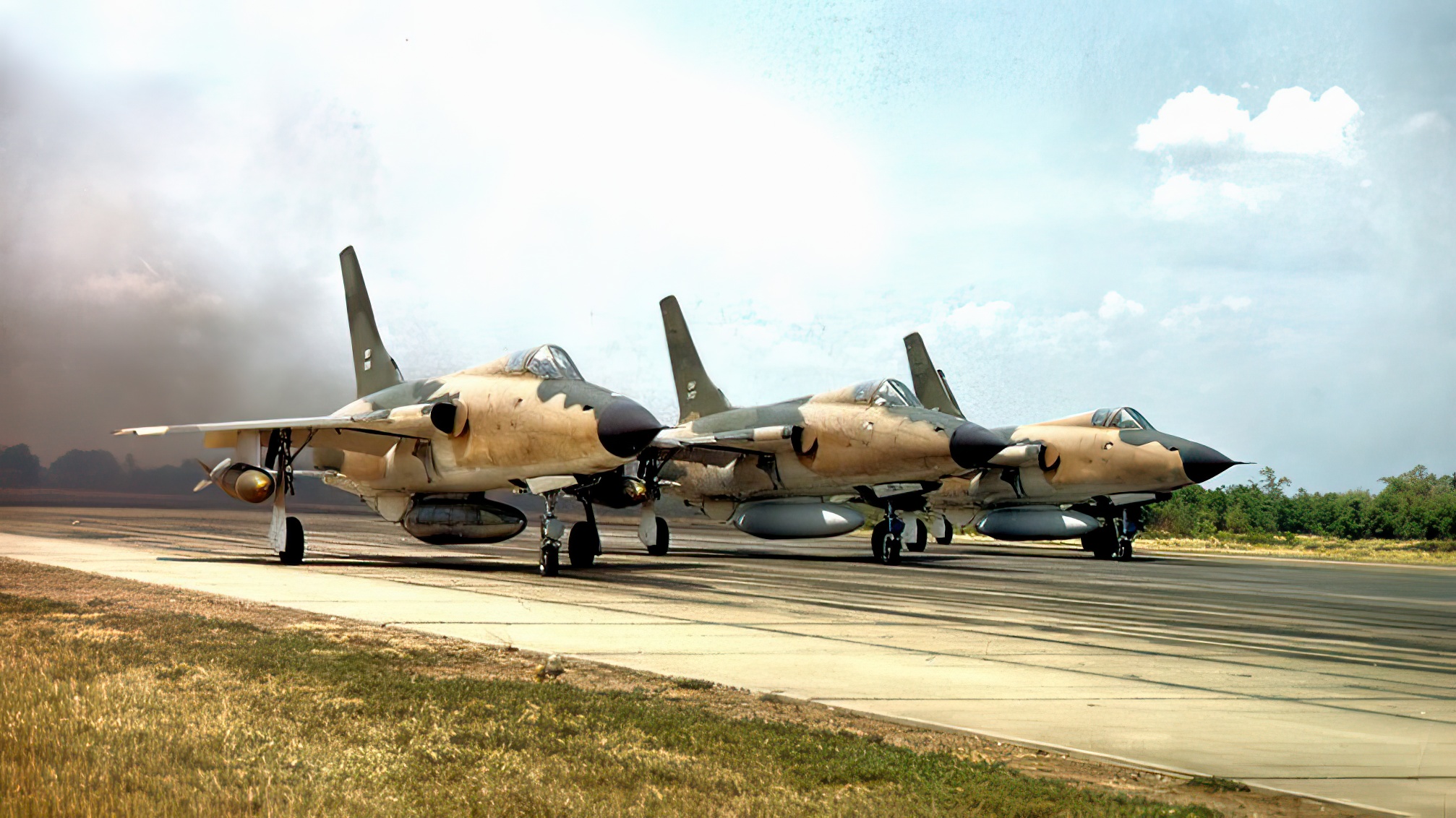
The combat losses were not exclusive to the F-105; the famous F-4 Phantom also suffered abysmal losses, despite being the most advanced fighter aircraft to grace the skies during the Vietnam war.
After more than twenty years of service, the F-105 was taken out of active service in the 1980s. Although it had a reputation for being challenging to fly, the F-105 is still a favorite of many Vietnam War veterans. Its history as a highly capable and adaptable fighter-bomber endures.
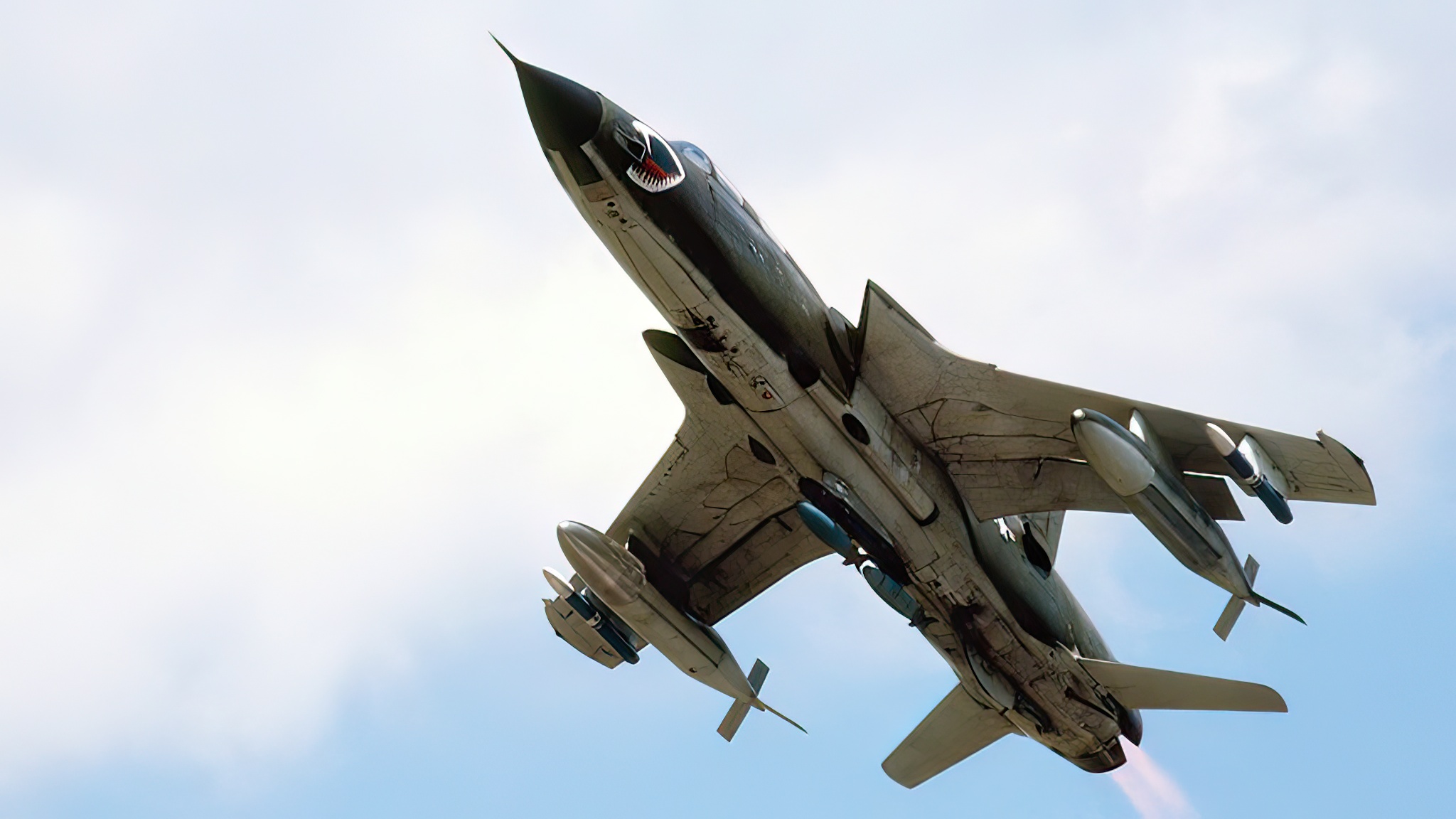
Legacy
Even now, the F-105’s legacy is still strong. It was a highly proficient aircraft that performed admirably throughout the Vietnam War, and people who recall its contributions during the war continue to be in awe and revere of it. The F-105 pilots’ bravery and prowess, as well as the sacrifices they made while serving their nation, will always be remembered as examples of the valor and heroism of the soldiers who fought in the Vietnam War.
